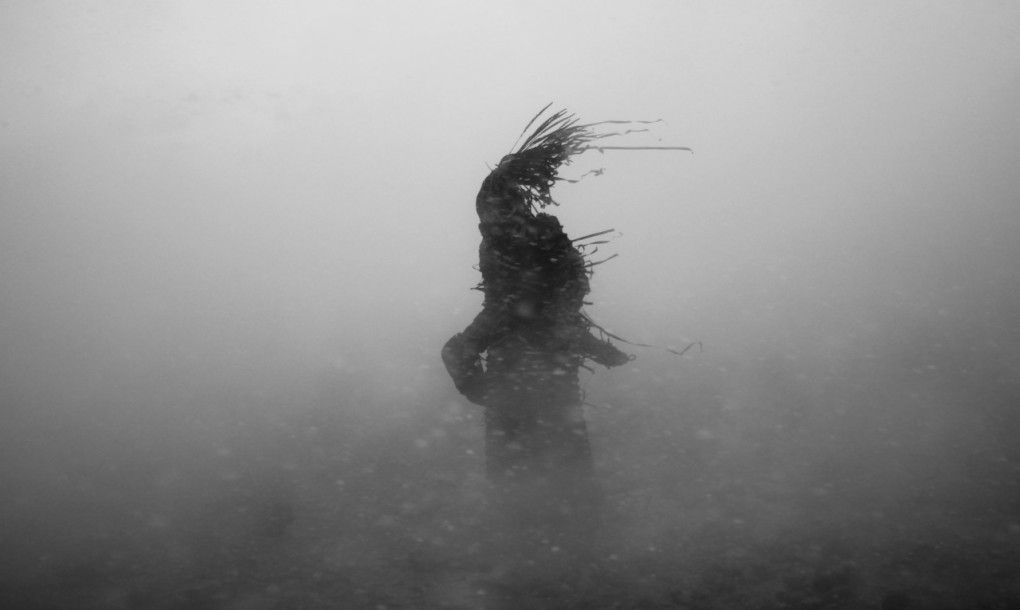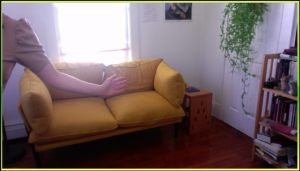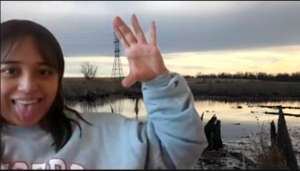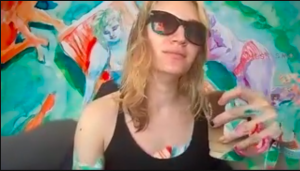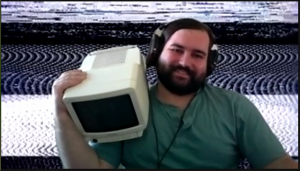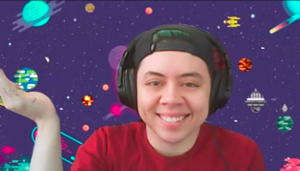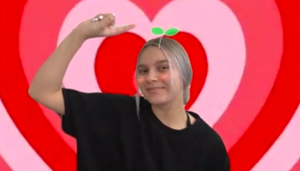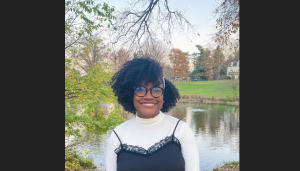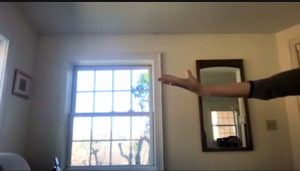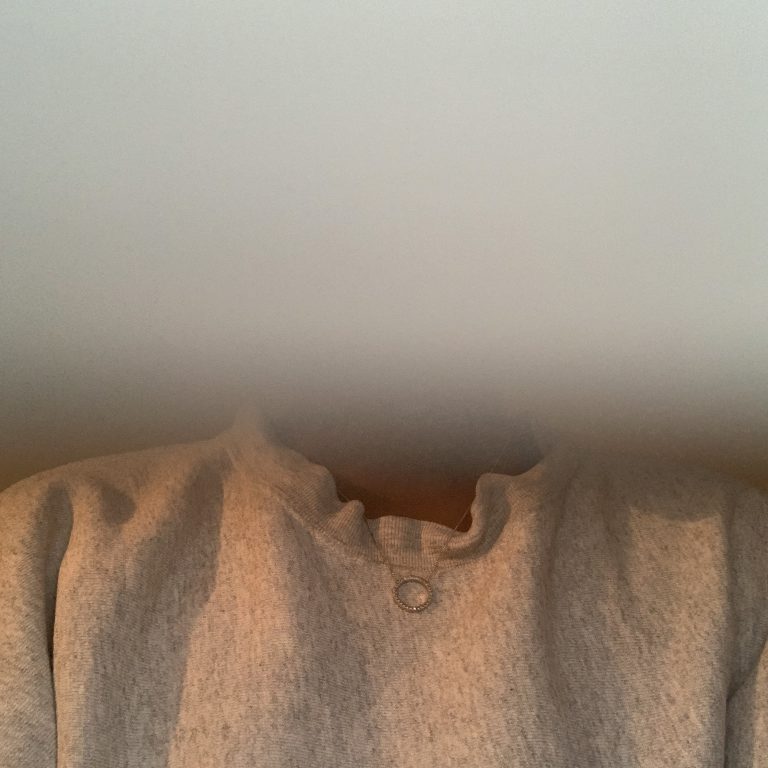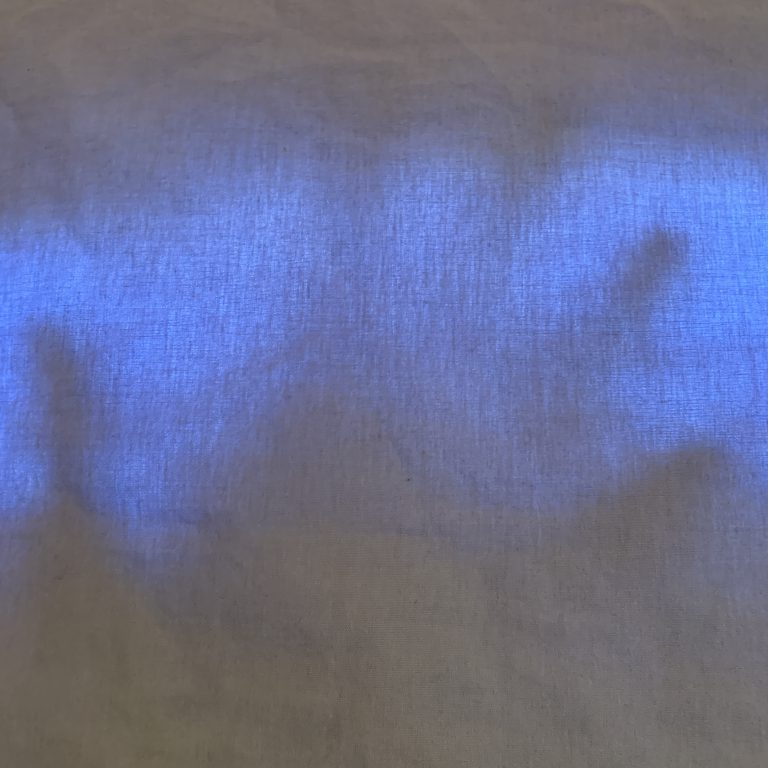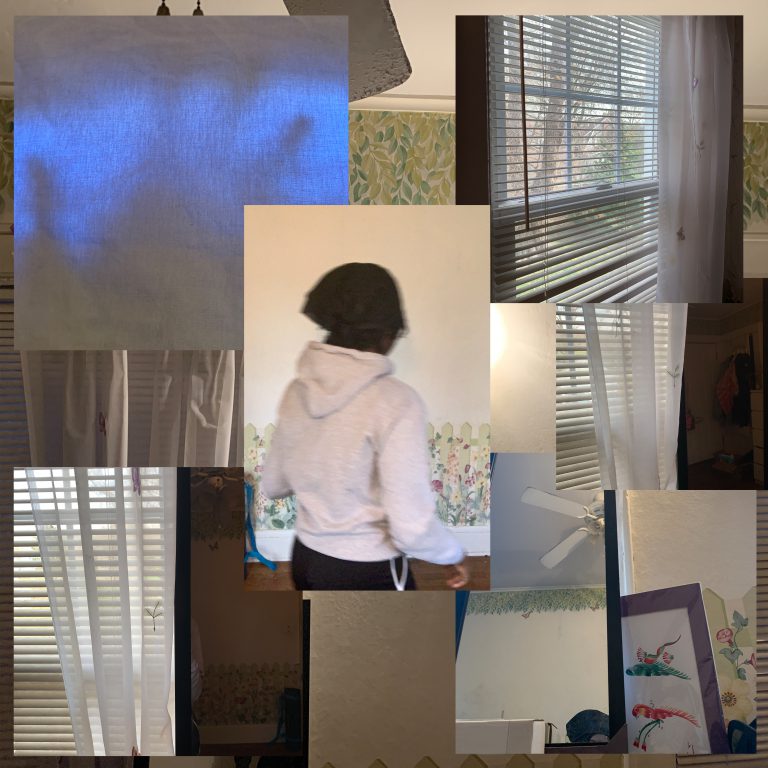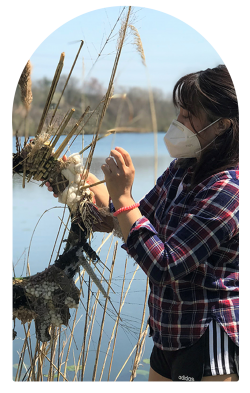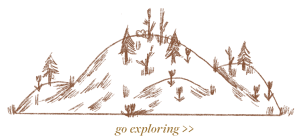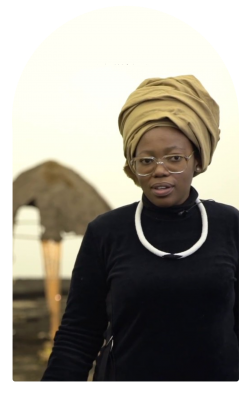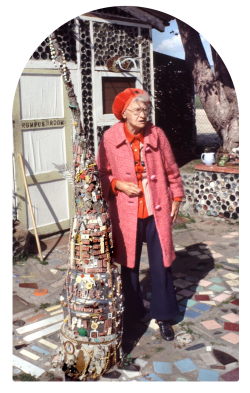Okwui Okpokwasili
In Bronx Gothic, a thought provoking performance by Okwui Okpokwasili, she delves into her memories of growing up in the Bronx, narrating her experiences through words, sounds, and movements. Okpokwasili talks about the performance as “inhabiting the body of a brown girl in a world that privileges whiteness”. Bronx Gothic takes the viewers on a journey through what it’s like to live as a black girl, and the pain and experiences black girls inevitably go through in America . At times, Okpokwasili falls and slams her body on the floor painfully, an unbearable movement that reverberates in the bodies of viewers, who can’t help but notice the pain in her brown body, and the impact of the many hardships that black girls have to go through. She says by doing this, she hopes that there would be “a flood of feeling for a brown body in pain”, and indeed there is.
Yinka Bolarin’s performance, mind poisoning, is about the societal pressures on the female body to conform to normative ideals of beauty in relation to consumption. The voice overs are divided into two, the first representing outside voices that encourages a woman to eat as much as she pleases, and a second voiceover telling her to not eat too much. This depiction of women controlled by the differing point of views, reveals how women feel so much pressure from outsiders telling them how to live and treat their body. These outside voices can hereby leave women feeling divided, confused and lost. The character expresses this pain and societal control through overindulging and under indulging while stuck in the trance of these compelling voices. The voice over is also centered around specific demands for women regarding their body and how much they should and should not consume in order to maintain a “perfect image.”
Yinka Bolarin
Ralph Lemon
4Walls by Ralph Lemon is a dance installation where the same dance is performed from four points of view. In place of music, you hear the dancers’ excessive panting. The exclusion of music together with the heavy breathing from the artists, allows viewers to see and feel the pain and frustration the dancer exhibits as well as the exertion of the strenuous movements in the performance. The performance is repeated from four points of view, two from a 2010 performance and two new added solos. These multiple points of views give a new shape to a “dance with no form.” It also intensifies the experience, making it overwhelming and almost painful for the viewer to watch. The dancers’ eyes are closed, and they appear to be fighting with something that isn’t there, perhaps memories or the ghosts of a past they want to escape from, or a war within themselves.
